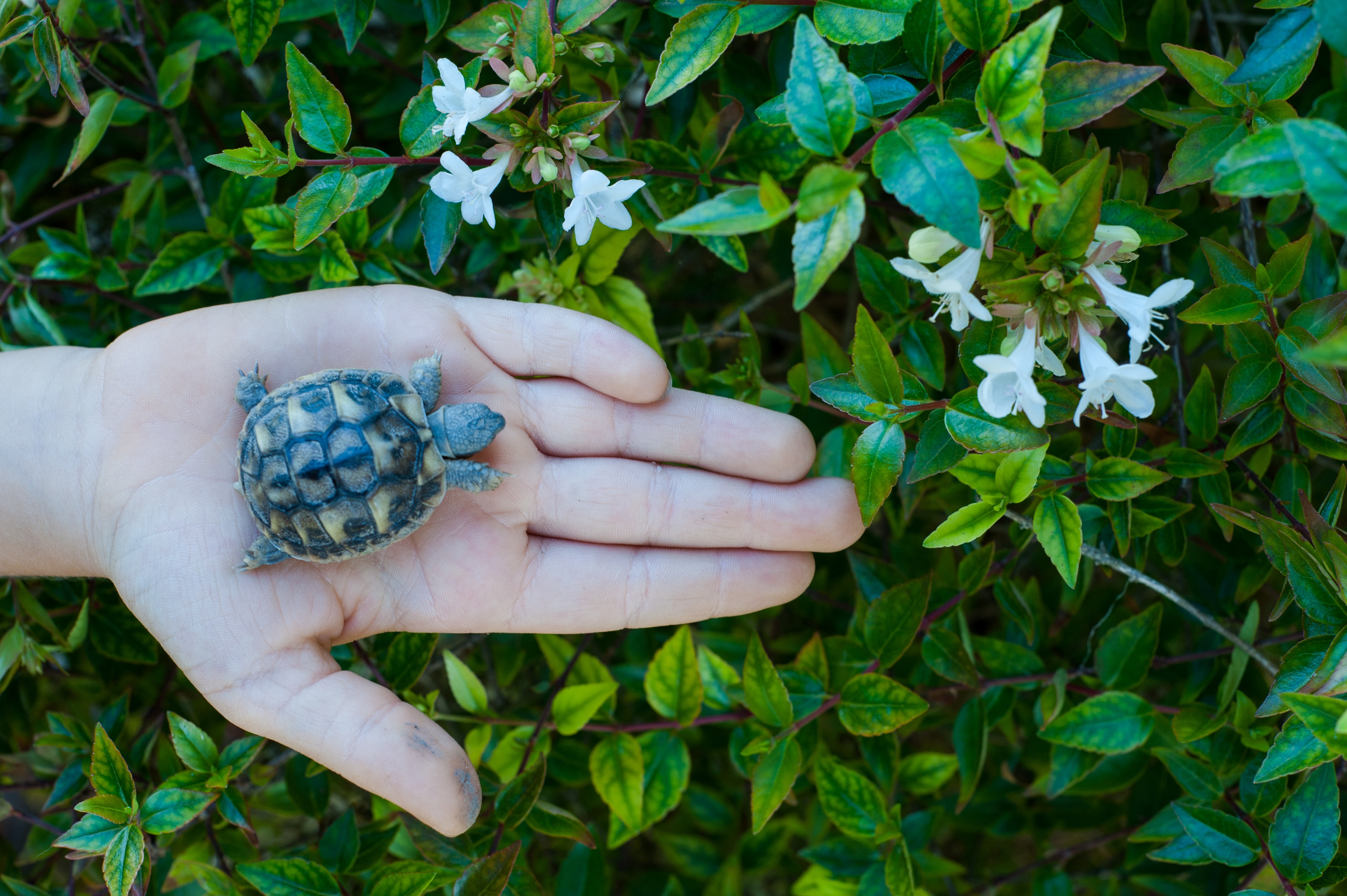
Endangered ecosystems and environmental threats like climate change and decreasing global biodiversity have come into the spotlight in recent years. As a result, modern consumers are eager to embrace more eco-conscious practices. For instance, 86% of people say they want the world to be more sustainable and equitable.
Education is the first step in taking action. Understanding what’s at stake can motivate people to do their part in terms of environmental protection. This is especially critical when it comes to some of Earth’s endangered ecosystems.
Below we highlight nine of the most endangered ecosystems and discuss the steps you can take to help protect endangered ecosystems across the planet.
The Caribbean coral reefs

The Caribbean coral reefs are home to a diverse ecosystem featuring more than 500 species of fish and some 65-plus types of coral. Coral systems are built over the years by living coral, creating small calcium carbonate deposits to build up the reefs.
Unfortunately, the reefs’ vast biodiversity is under threat. The Caribbean monk seal, a primary predator of the reef ecosystem, is already extinct because of human hunting. Meanwhile, sea turtle populations have declined significantly as well.
Threats to the reefs include bleaching, overfishing, disease, pollution, and ocean acidification. Climate change is also a factor, increasing storm frequencies.
The coastal wetlands of Sydney
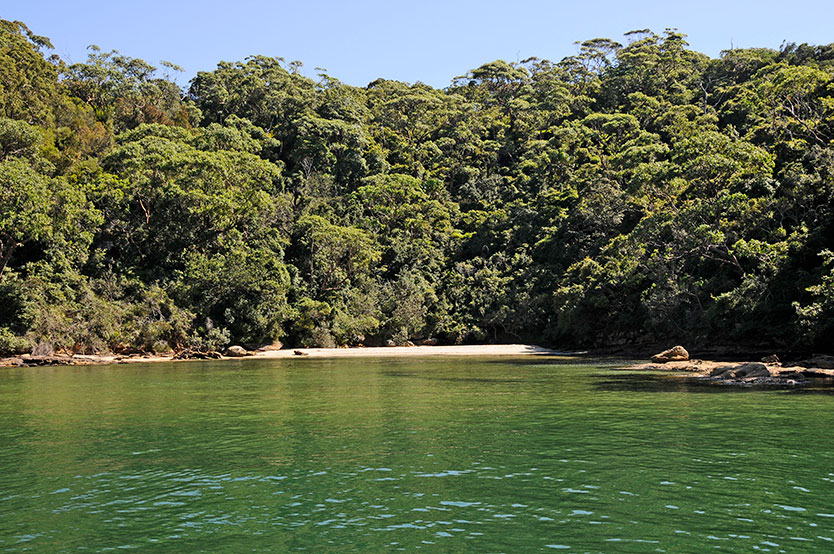
Sydney may be Australia’s most populous city, but it’s also home to a fantastic wetland ecosystem full of unique plants and animals. For example, the wetlands safely house some 239,000 waterbirds.
Unfortunately, however, the wetlands are disappearing. The long-term median amount of wetlands land coverage in eastern Australia was 235,000 hectares. In 2020, this number had already decreased to 104,015 hectares.
Causes for the wetlands’ disappearance include housing development, coal mining, fracking, and invasive species’ introduction, among others. This is a prime example of what happens when people get too close to natural environments.
The Aral Sea
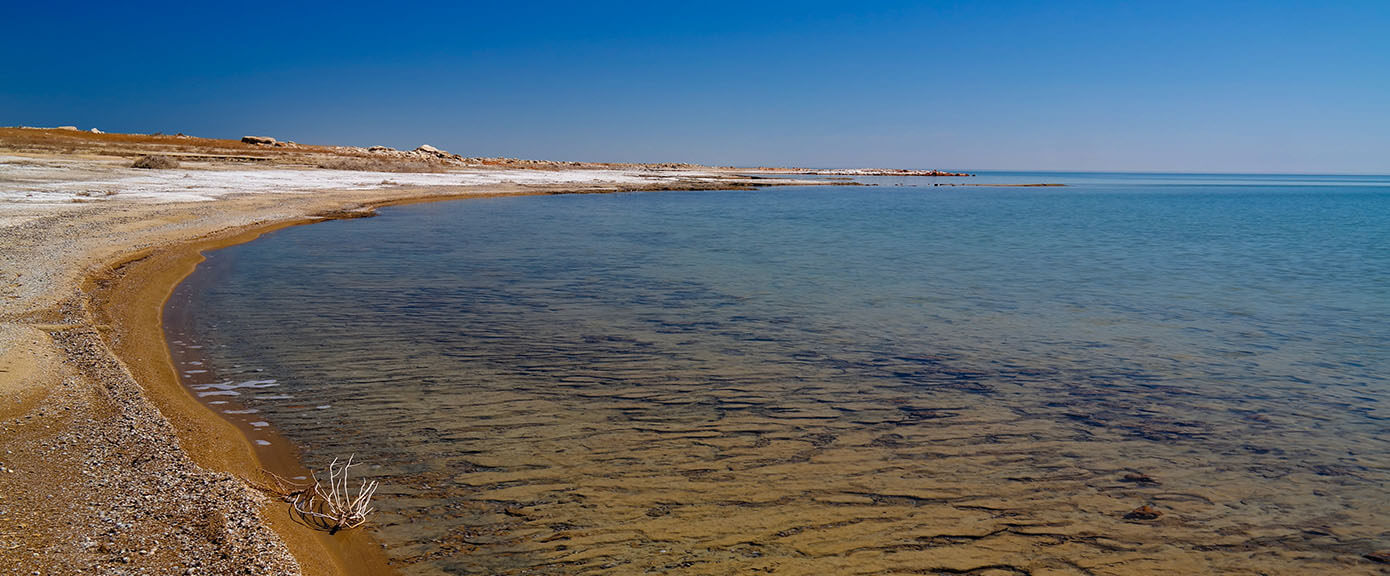
The Aral Sea is located in Kazakhstan and Uzbekistan. It is one of the world’s largest bodies of inland water. It has shrunk to almost a quarter of its former size over the past five decades, however. According to the Union for Conservation of Nature, IUCN, risk assessment of endangered environments, the Aral Sea is classified as a “collapsed” ecosystem.
Excessive water extraction is one cause, as people have used the Aral Sea’s waters to irrigate two prominent river deltas and feed water to surrounding lands for farming. As a result of the shrinking ecosystem, fish, mammals, birds, plants, and invertebrates have all suffered.
The drying out of the seafloor also causes health problems for humans due to the dust that the newly arid environment creates. The fishing industries many residents of the region survive on are also at risk.
Yellowstone National Park
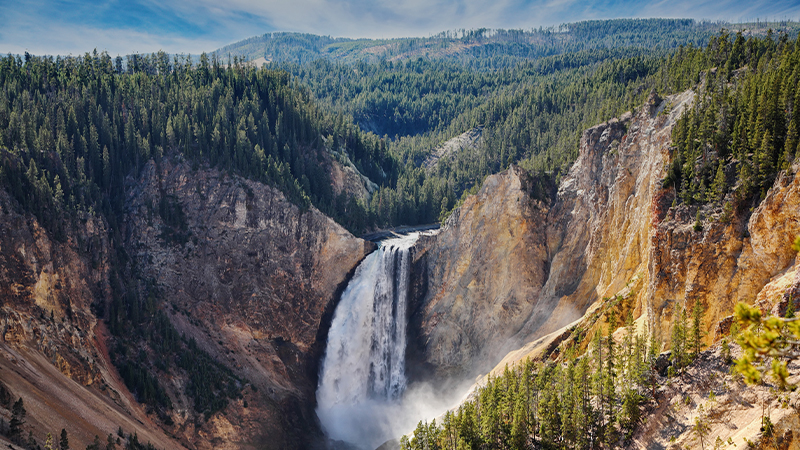
America’s own Yellowstone National Park is another endangered ecosystem on the brink. The park is home to hydrothermal features, lakes, wildlife, vegetation, and (of course) the famous Grand Canyon.
Yellowstone was first established in 1872 to protect its active geothermal geysers. As development throughout the western United States increased, and more people arrived, the protected Yellowstone area became a safe haven for many animals.
Yellowstone has even served as a refuge allowing species that were thought at risk to thrive. The wolf is one notable example. However, many species are at risk. The Grizzly Bear population has decreased from some 35 million in the West. Today, Yellowstone is home to about 800 bears.
The Murray-Darling basin wetlands
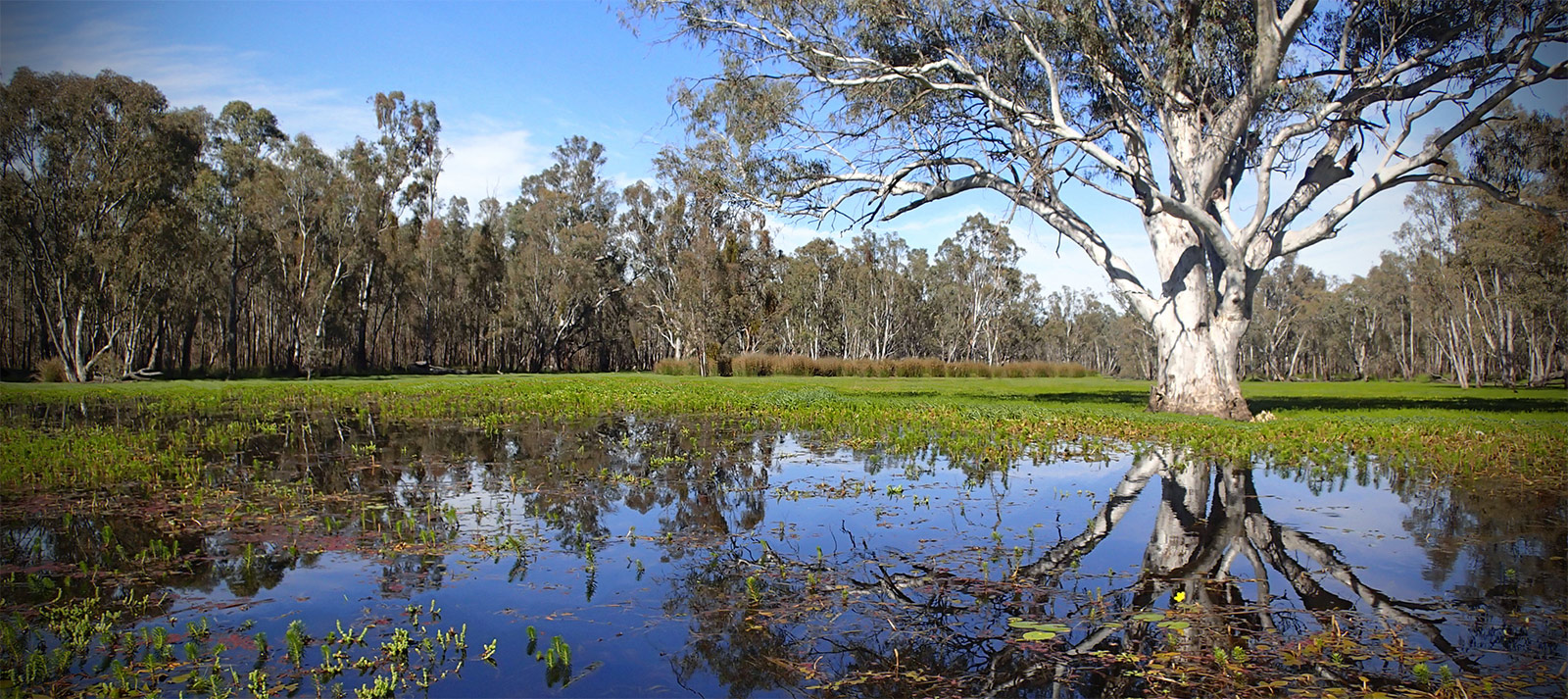
Australia’s Murray and Darling river basins supply water to some of the country’s most populated areas, allowing countless fauna and flora to survive. They are also a safe zone for many migratory boards.
The basins are home to upwards of 30,000 wetlands. Unfortunately, these valuable wetlands are at risk due to ever-expanding farming. The mass clearance of vegetation for farmlands and irrigation of the river for farming purposes is a significant problem.
If current land and water usage levels don’t subside, the ecosystems here are likely to collapse. Climate change is also drying out the area.
The Alaskan kelp forest
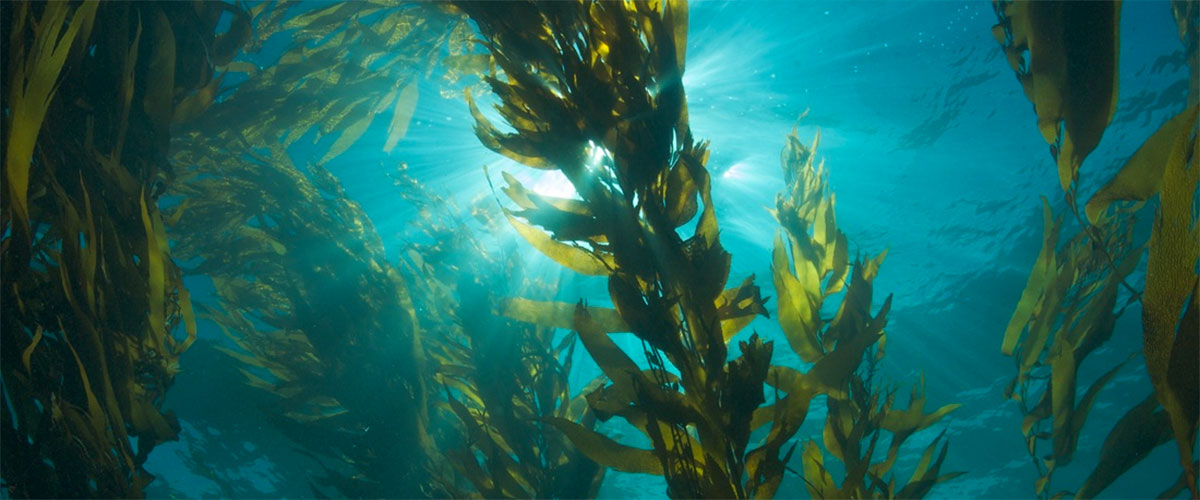
Kep is a type of large seaweed. Alaska’s giant kelp forests allow various sea life to thrive, providing food, protection, and housing for sea lions, sea otters, starfish, sea urchins, fur seals, Pacific cod, and more. Unfortunately, the kelp forests are endangered because of disruptions to the food chain. Here’s a quick breakdown.
Usually, a healthy food chain here looks like this: Killer whales hunt great whales, which hunt sea otters, which hunt sea urchins (which exists on algae and kelp). However, the great whale population has been decimated because of human hunting.
So now, killer whales hunt sea otters. The sea otter population has dropped, and the sea urchin population has increased as a result. The sea urchins have created kelp “barrens” due to their massive kelp consumption. This is a compelling example of how ecosystems are interrelated.
The Piccaninnie Ponds Karst Wetlands
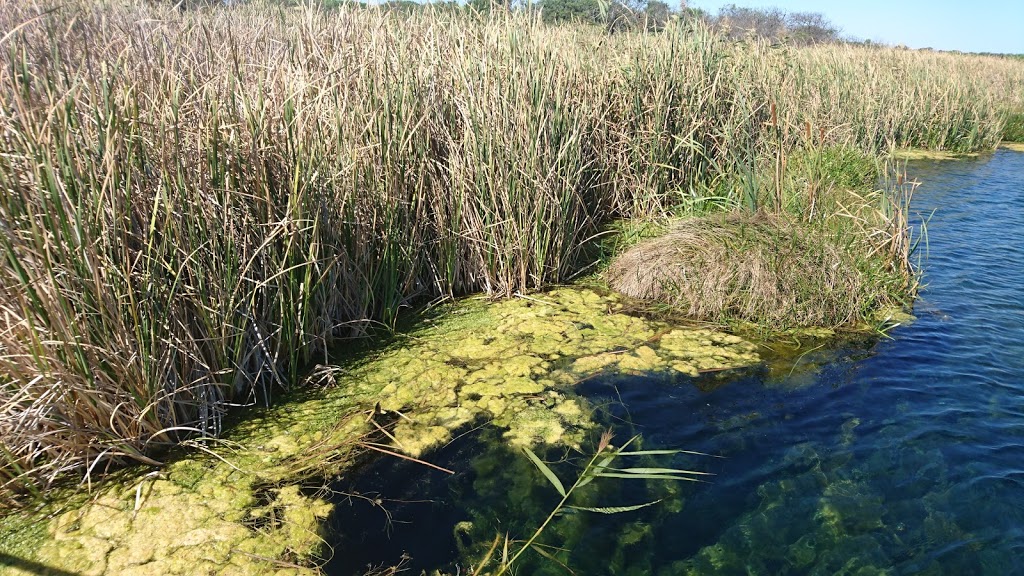
The Karst rising-spring wetlands are yet another endangered Australian ecosystem. It consists of a series of plant and wetland communities located in unique limestone caverns and springs. The peat fens and spring pools house reedbeds and shrublands. The wetlands also support threatened species, like the Australasian bittern and orange-bellied parrot.
The wetlands are further crucial from a cultural standpoint, as they are significant to the local indigenous people of Australia’s southeast coast and the Bunganditj (Boandik), the land’s traditional owners.
However, wetland draining and land clearing have taken a negative toll. Local farming and resulting irrigation to support crops are likewise problematic. These man-made actions have resulted in water pollution, seawater intrusion, and declining water quality.
Cape Town, West Africa

Cape Town may be a bustling metropolis, but an essential local ecosystem surrounds it. Urban expansion is the central issue here. Invasive animals and plants, often introduced by humans, are another threat.
The Cape flats sand fynbos is a significant point of concern. This one-of-a-kind shrubland is home to an unusually substantial diversity of species, some of which are found nowhere else in the world. Some species like the Mountain Fynbos are in danger of becoming extinct. Some types of Fynbos are listed as a UNESCO World Heritage Site and protected in local reserves.
The good news is that there are restoration projects underway to try to restore the land. Actions include reseeding to grow new shrubbery and restore the native vegetation.
The Senegal river basin
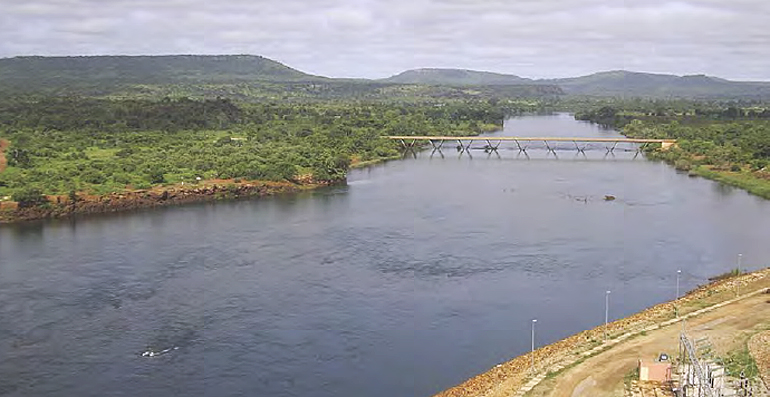
The Senegal river basin is a haven for many native species of plants and animals. The floodplains here were once fertile. Now, they have been altered nearly beyond recognition.
It also provides native communities of Mauritania, Mali, and Senegal with water. Unfortunately, many of these people have been forced to relocate because of the changing landscape. Animal husbandry, intensive agriculture, and dam construction are all threatening the basin.
This is another compelling example of how ecosystems are interconnected. Seed-eating birds help spread the growth of plants and trees through their feces. However, as the basin ecosystem has declined, the birds that once lived here have migrated. The environment has thus declined further, with a loss of vegetation. Bird conservation is now a hot topic here.
Ways to save endangered ecosystems
There are steps everyday people like yourself can take to help protect endangered ecosystems. Here are some things you can do.
Educate yourself and others
Education is the first step. If people don’t know there’s a problem, they are unlikely to make a difference. As more people know about these issues, they will take action. These many small actions can make a significant change.
Educate others by:
- Sharing fact-based information (like this article) online. Social media is a great way to get content out to a broad audience quickly.
- Participating in events designed to raise eco-consciousness. Earth Day (April 22) is an excellent opportunity to participate in local events, join in hashtag campaigns, and more.
- Talking to friends, family, coworkers, and other connections about these issues.
Reduce your consumption, reuse when you can, and buy sustainable products
We’re all familiar with the adage reduce, reuse, recycle. When thinking about your own impact, focus as much as you can on reducing and reusing versus recycling; while recycling helps to minimize the burden on garbage dumps and allows goods to be safely reused, reducing and reusing are ultimately more impactful.
Also, make an effort to shop for sustainable and ethical products. Look for third-party certification to determine if items are eco-friendly. Green Seal, Scientific Certification Systems, Ecologo, and Energy Star are all reputable options.
Avoid supporting banks and companies who support deforestation
In addition to researching the products you buy, do your research into the companies you support. Champion businesses that are committed to eco-friendly practices, like Aspiration.
When you open an Aspiration Spend & Save account, you can be confident that your deposits aren’t funding damaging fossil fuel projects, like oil drilling and coal mines. You can also opt to round up each purchase you make to the whole dollar, with the remainder going towards reforestation projects — and even enjoy 5% cash-back on socially conscious spending.

